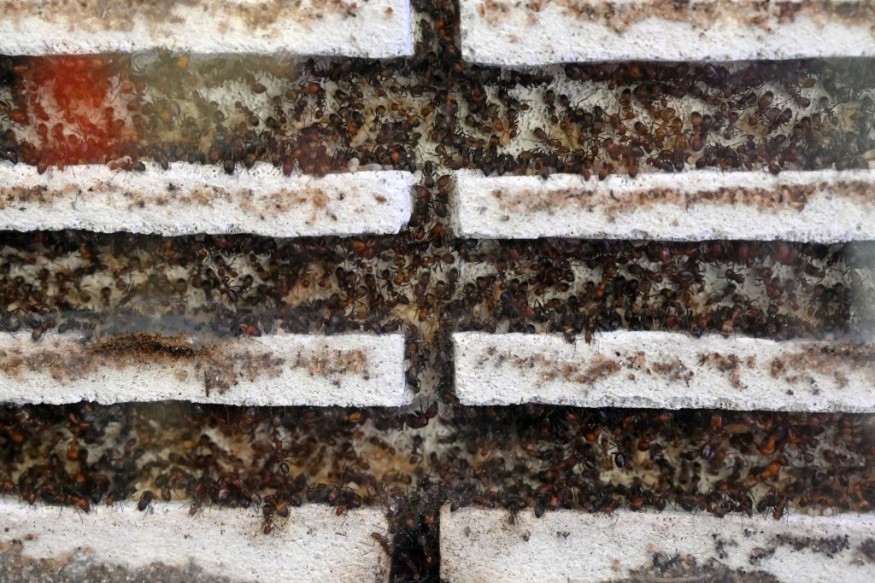Robot ants were able to escape their prison during an experiment my mimicking the collective behavior of black carpenter ants when performing a complex task in a colony, according to a new study in the United States.
Ants Colony Prison Escape

The study was published in the journal eLife on October 10, where researchers from Harvard University in Cambridge explored the dynamics of cooperative excavation in an and robot collectives. In particular, the paper revolved around the notion that the solution of complex problems is cooperative action, concerning dilemma faced by agents in both biologically evolved and synthetically engineered systems.
To understand such collective behavior, the research team investigated an ecology-related collective task amongst black carpenter ants (Camponotus pennsylvanicus). The task pertains to the excavation of a soft and erodible confining corral. In other words, the task requires the ants to escape its experimental prison. The test aims to prove a theory that ants as individual insects can transition into a collective unit.
To be specific, the research implies that the individual ants show a transition from engaging in isolated exploratory excavation at random places to spatially collective excavation, leading to an eventual excavation out from the corral.
Agent Minimal Continuum Theory
The said theory is called the agent minimal continuum theory which says that individual actions also consider their influence on the environment, leading to the emergence of an efficient behavior that is aware of its surrounding, especially when it comes to excavation strength and cooperation intensity.
To test the theory, the Harvard researchers used custom-built robots called "RAnts" that respond to stimuli to reflect the phase space of emergence and failure of cooperative excavation, the study says. The researchers found that they could vary the efficiency of excavation and artificially produce other collective actions predicted by their theory.
To further prove their theory, the study's senior author and professor L Mahadevan said their work combined lab experiments, robotic mimicry, and theory to prove the cooperative and intelligence capabilities of ants when in a colony, according to a media release of Harvard University on December 19.
The Harvard study concluded, based on its abstract, that their approach shows the cooperative completion of tasks can emerge from simple rules that involve the interaction of agents amid a dynamically changing environment, which acts both as an enabler and a modulator of behavior.
RAnts Programming
The said ant robots, whose programming is based on the collective behavior of black carpenter ants, were created to follow these set of simple local rules, as summarized by Phys.org:
- use photoromones, which are fields of light left behind by RAnts that mimic pheromone fields or antennation
- follow gradient of the photoromone field
- avoid other robots ants where photoromone density was high
- pick up debris where photoromone density was high
- drop debris where photoromone was low
In comparison to real-world scenarios, the RAnts acted like black carpenter ants but are situated in a prison maze where they excavate their way out by avoiding traffic congestions from the piling up of other robots.
Following the experiment, the theory confirms that despite the simplicity of individual ants, they can perform complex tasks while in an ant colony such as construction, defense, and foraging, in addition to escaping their prison.
Related Article : Invasive 'Tawny Crazy Ants' Have Finally Met Their Match, Murder Fungus
© 2025 NatureWorldNews.com All rights reserved. Do not reproduce without permission.





